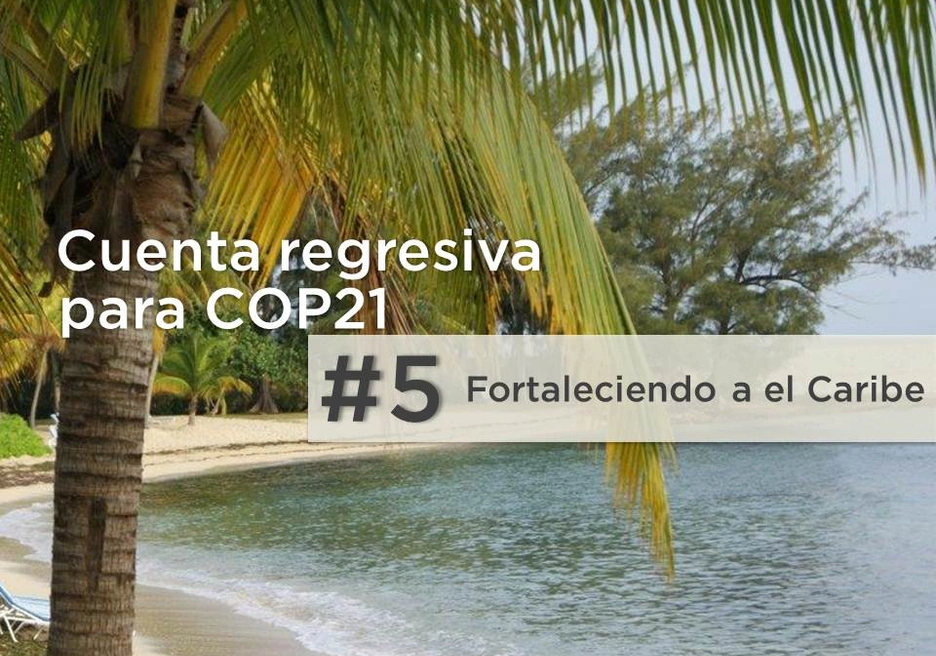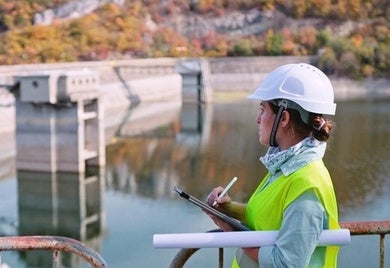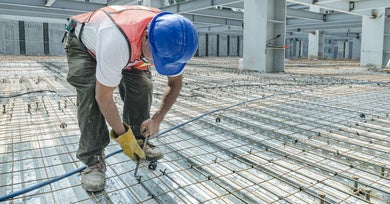“One point five to stay alive” - Three ways the Caribbean's private sector can mobilize climate action

Firstly, agriculture matters to Caribbean economies, accounting for over 6 percent of GDP in the Dominican Republic and Jamaica. If business-as-usual continues, Jamaica, e.g., will have 25 percent less arable land by 2050, according to University of West Indies. However, relatively small investments can revolutionize the sector.
As a recent blog explained, adaptation strategies minimize weather risks and cultivate high-value, weather-resistant crops, especially in response to longer periods of drought affecting the region. Large and multinational companies that depend on supply chains can provide education and training to strengthen supplier sustainability. New strategies include crop diversification, improvement of agricultural infrastructure (water adaptation), crop calendar modifications, soil conservation, reforestation and establishment of food storage systems. Mainstreaming climate considerations in agricultural management can transform how businesses approach agriculture and how agriculture withstands climate events.
Local commercial banks have instruments to provide financing and guarantees for these new strategies. The Green Climate Fund and the Catastrophe Risk Insurance Facility are two mechanisms that target agriculture in the Caribbean, supporting businesses and their employees.
Investments in renewable energy offer practical support to achieve climate pledges. Even though the Caribbean contributes a meager 0.3 percent to global greenhouse gas emissions, diversifying its energy matrix could reduce energy costs and promote energy security. Renewables in oil-dependent Jamaica could lower the average electricity costs 67 percent. That decline could significantly impact economic growth in a country spending 30 percent of GDP importing oil.
To promote a more circular economy, investments in biomass, geothermal, grid-connected and off-grid hydroelectric, on and offshore wind and photovoltaic solar promise diversification. Few private energy developers are in the Caribbean at present. Multilaterals and donor funds like Climate Investment Funds are well-positioned to partner and take some of the first-mover risks.
Lastly, tourism makes up 30 percent of GDP in the Caribbean. Tourism's expansion is a source of jobs and business growth. Climate-friendly tourism investments include sustainable agricultural supply chains and the incorporation of renewable energy and energy efficiency in hotels, restaurants, and other tourist establishments. An IDB partnership is currently piloting the concept of Smart Islands in Belize, the Bahamas and Trinidad & Tobago. The goal is to test, demonstrate and scale up best low-carbon practices in transport, water, energy and tourism.
In Kingston, Jamaica, the IDB is financing the country’s first-ever LEED-certified hotel (Leadership in Energy and Environmental Design) with state-of-the-art insulation and solar panels to heat water and minimize its footprint. The hotel will be less expensive to operate and more inclined to attract eco-minded travelers.
The #1point5tostayalive campaign aims to attract support to the Caribbean’s negotiating position in the run-up to COP21. As a recent contribution to the Sustainable Business blog indicated, talking with the private sector could move the needle toward this goal given its role advancing climate finance, voluntary reduction commitments and carbon pricing. Countries in the Caribbean count on such leadership now more than ever.
LIKE WHAT YOU JUST READ?
Subscribe to our mailing list to stay informed on the latest IDB Invest news, blog posts, upcoming events, and to learn more about specific areas of interest.
Subscribe


